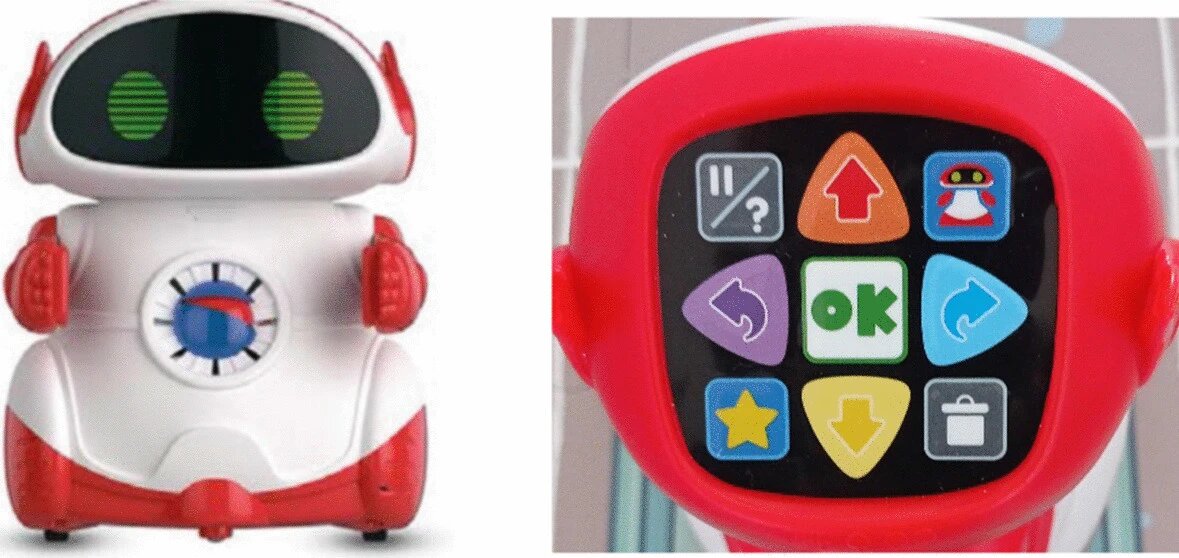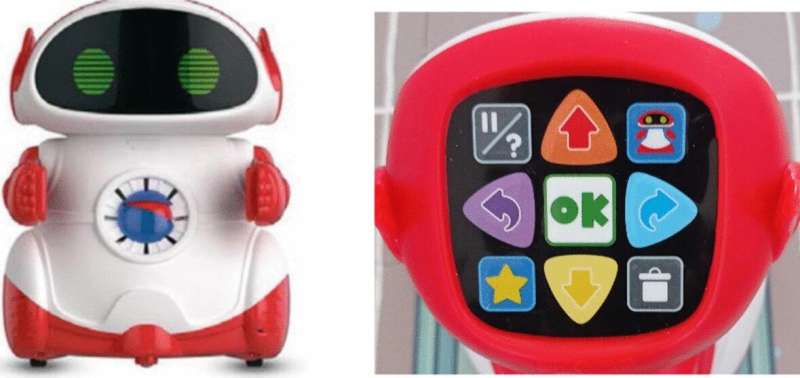

Technological evolution poses challenges in all sectors, which is why, in the case of the educational community, it is not surprising that more and more studies are interested in the integration of STEM disciplines (science, technology, engineering and mathematics) for the acquisition of skills in the classroom. Precisely, one of the most critical challenges in the education sector is the integration of educational robotics.
It is in this line of research that Verónica Moreno, lecturer in the Department of Pedagogy at the Universitat Jaume I, and Francisco J. Rodríguez, lecturer in Language and Literature Didactics at the University of Almería, have proposed a classroom intervention using educational robotics to improve lexical relations in infant and primary school children.
This study has been implemented in 4- and 5-year-old pupils applying the 21st century competences, according to Hanipah Hussin, that is, collaboration, creativity, critical thinking and communication. The conclusions indicate that the use of educational robotics results in significant learning, which facilitates the understanding of the lexical relationships established between concepts and allows all classroom skills to be worked on in an integrated way.
The results showed that the students scored best in the category of Thinking and Learning, followed by Creativity and Imagination, and Social Interaction and Independent Use. Although the children showed little familiarity with robotics and asked the teaching staff for help in programming it, in general, the robotics-based activity has generated a high degree of interest and motivation, which has led to an improvement in conceptual assimilation.
In fact, the children’s scores in the subsequent control have demonstrated the benefits of this educational tool, since in 71.42% of the cases, the students have made fewer errors in lexical relations after the educational activity with robotics; and they have gone from 56.19% correct in the initial activity to 75.24% correct in the final activity.
Design of the activity with Super.Doc robot
In the proposed activity, the students had to apply their knowledge of the semantic relations corresponding to the second year of Infant Education of the Spanish school curriculum “Languages: Communication and Representation.” Specifically, they had to use their knowledge of the categorical relations established between concepts and developed in the oral language of children between the ages of 3 and 4.
The study focused on the teaching and learning of lexical relations between word meanings and included ten activities to assess students’ progress in this area. The sample for the study consisted of 21 boys and girls aged 4 and 5 from a public school in València. The activities followed a scheme in which the children had to match hyperonyms with hyponyms between three images.
The teachers began the study with an initial knowledge test to establish the starting point. Subsequently, the educational robotics activity was carried out for group work, which consisted of the narration of a story in which the children had to help the robot to solve five challenges to find the compass that would allow him to return to his planet and assist the protagonist (Super.Doc robot) to link the hyperonyms with the hyponyms that appeared in the images. Finally, a final test was carried out to see whether individual skills had improved after working collaboratively with Super.Doc robot.
According to the researchers, “This study shows that educational robotics can be an effective tool for improving learning in young children, while at the same time fostering important skills for the 21st century and developing transversal competencies such as critical thinking and leadership skills.”
“Although the sample allows us to describe a trend in favor of educational robotics,” explain Moreno and Rodríguez, “research with a larger number of participants is needed to continue studying the benefits of having this type of technology in the classrooms.” However, the researchers hope that these findings can be useful for teachers who are looking for new ways to enrich early childhood education to prepare them for an increasingly technological future.
The study is published in the journal Smart Learning Environments.
More information:
Verónica Moreno Campos et al, Design and piloting of a proposal for intervention with educational robotics for the development of lexical relationships in early childhood education, Smart Learning Environments (2023). DOI: 10.1186/s40561-023-00226-0
Provided by
Asociacion RUVID
Citation:
Intervention with educational robotics for the development of early childhood lexical relationships (2023, March 31)
retrieved 31 March 2023
from https://phys.org/news/2023-03-intervention-robotics-early-childhood-lexical.html
This document is subject to copyright. Apart from any fair dealing for the purpose of private study or research, no
part may be reproduced without the written permission. The content is provided for information purposes only.